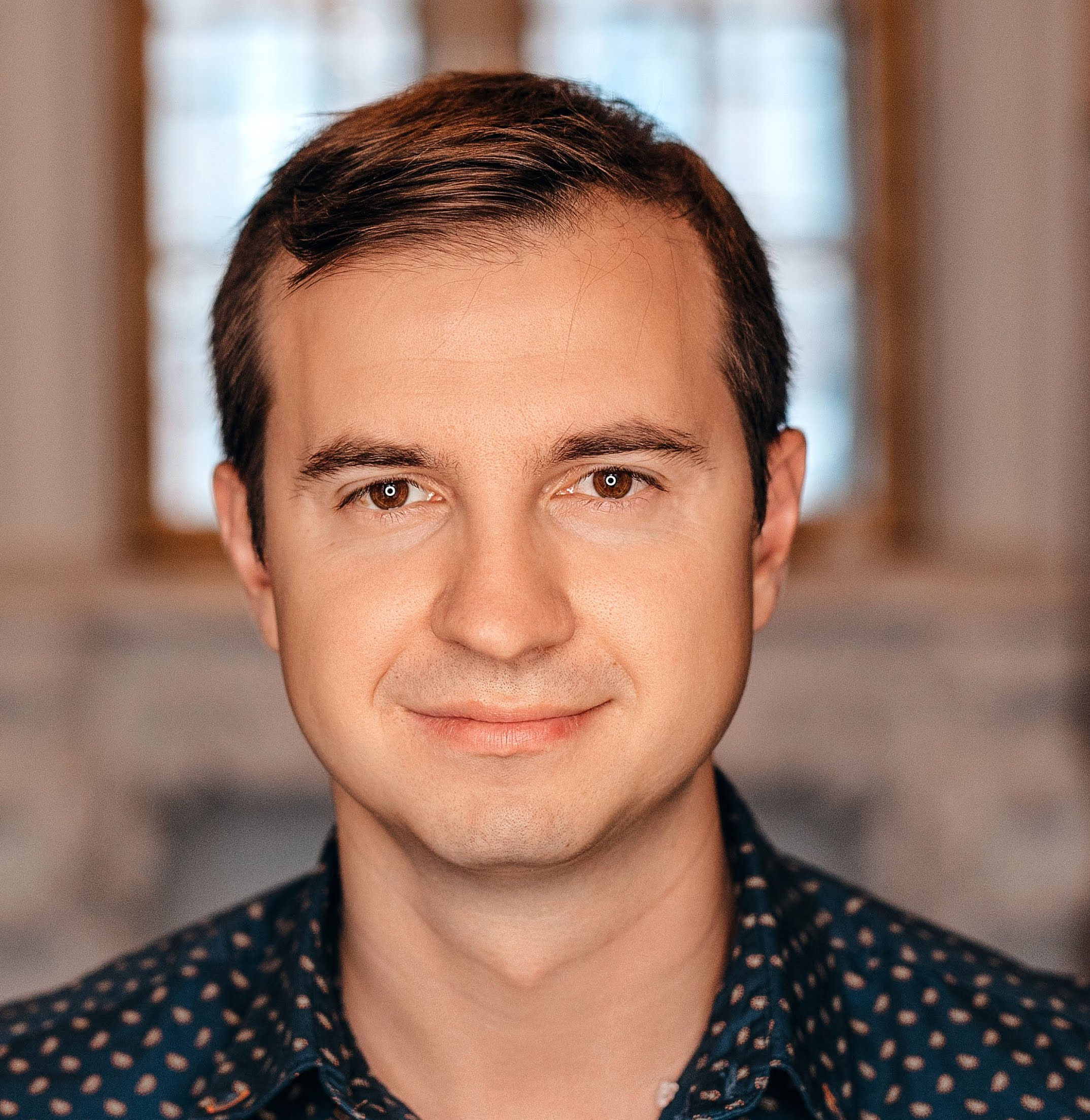
Mikhail Sirotenko
Mikhail is a Staff Software Engineer and Technical Lead Manager at Google Research where he leads a team working on computer vision and deep learning problems.
Research Areas
Authored Publications
Sort By
Neptune: The Long Orbit to Benchmarking Long Video Understanding
Mingda Zhang
Ramin Mehran
Rachel Hornung
Nitesh Bharadwaj Gundavarapu
Nilpa Jha
Austin Myers
Xingyi Zhou
Boqing Gong
Yukun Zhu
ArXiv (2024)
Preview abstract
We introduce Neptune, a benchmark for long video understanding that requires reasoning over long time horizons and across different modalities. Many existing video datasets and models are focused on short clips (10s-30s). While some long video datasets do exist, they can often be solved by powerful image models applied per frame (and often to very few frames) in a video, and are usually manually annotated at high cost. In order to mitigate both these problems, we propose a scalable dataset creation pipeline which leverages large models (VLMs and LLMs), to automatically generate dense, time-aligned video captions, as well as tough question answer decoy sets for video segments (up to 15 minutes in length). Our dataset Neptune covers a broad range of long video reasoning abilities and consists of a subset that emphasizes multimodal reasoning. Since existing metrics for open-ended question answering are either rule-based or may rely on proprietary models, we provide a new open source model-based metric GEM to score open-ended responses on Neptune. Benchmark evaluations reveal that most current open-source long video models perform poorly on Neptune, particularly on questions testing temporal ordering, counting and state changes. Through Neptune, we aim to spur the development of more advanced models capable of understanding long videos. The dataset is available at https://github.com/google-deepmind/neptune .
View details
VideoPoet: A Large Language Model for Zero-Shot Video Generation
Dan Kondratyuk
Xiuye Gu
Jonathan Huang
Grant Schindler
Rachel Hornung
Vighnesh Birodkar
Jimmy Yan
Ming-Chang Chiu
Hassan Akbari
Yair Alon
Josh Dillon
Agrim Gupta
Meera Hahn
Anja Hauth
David Hendon
Alonso Martinez
Kihyuk Sohn
Xuan Yang
Huisheng Wang
Lu Jiang
ICML (2024)
Preview abstract
We present VideoPoet, a language model capable of synthesizing high-quality video, with matching audio, from a large variety of conditioning signals. VideoPoet employs a decoder-only transformer architecture that processes multimodal inputs -- including images, videos, text, and audio. The training protocol follows that of Large Language Models (LLMs), consisting of two stages: pretraining and task-specific adaptation. During pretraining, VideoPoet incorporates a mixture of multimodal generative objectives within an autoregressive Transformer framework. The pretrained LLM serves as a foundation that can be adapted for a range of video generation tasks. We present empirical results demonstrating the model's state-of-the-art capabilities in zero-shot video generation, specifically highlighting VideoPoet's ability to generate high-fidelity motions. Project page: http://sites.research.google/videopoet/
View details
Fashionpedia: Ontology, Segmentation, and an Attribute Localization Dataset
Bharath Hariharan
Claire Cardie
Menglin Jia
Mengyun Shi
Serge Belongie
Yin Cui
(2020)
Preview abstract
In this work we explore the task of instance segmentation with attribute localization, which unifies instance segmentation (detect and segment each object instance) and fine-grained visual attribute categorization (recognize one or multiple attributes). The proposed task requires both localizing an object and describing its properties. To illustrate the various aspects of this task, we focus on the domain of fashion and introduce Fashionpedia as a step toward mapping out the visual aspects of the fashion world. Fashionpedia consists of two parts: (1) an ontology built by fashion experts containing 27 main apparel categories, 19 apparel parts, 294 fine-grained attributes and their relationships; (2) a dataset with everyday and celebrity event fashion images annotated with segmentation masks and their associated per-mask fine-grained attributes, built upon the Fashionpedia ontology. In order to solve this challenging task, we propose a novel Attribute-Mask RCNN model to jointly perform instance segmentation and localized attribute recognition, and provide a novel evaluation metric for the task. We also demonstrate instance segmentation models pre-trained on Fashionpedia achieve better transfer learning performance on other fashion datasets than ImageNet pre-training. Fashionpedia is available at: https://fashionpedia.github.io/home/index.html.
View details
